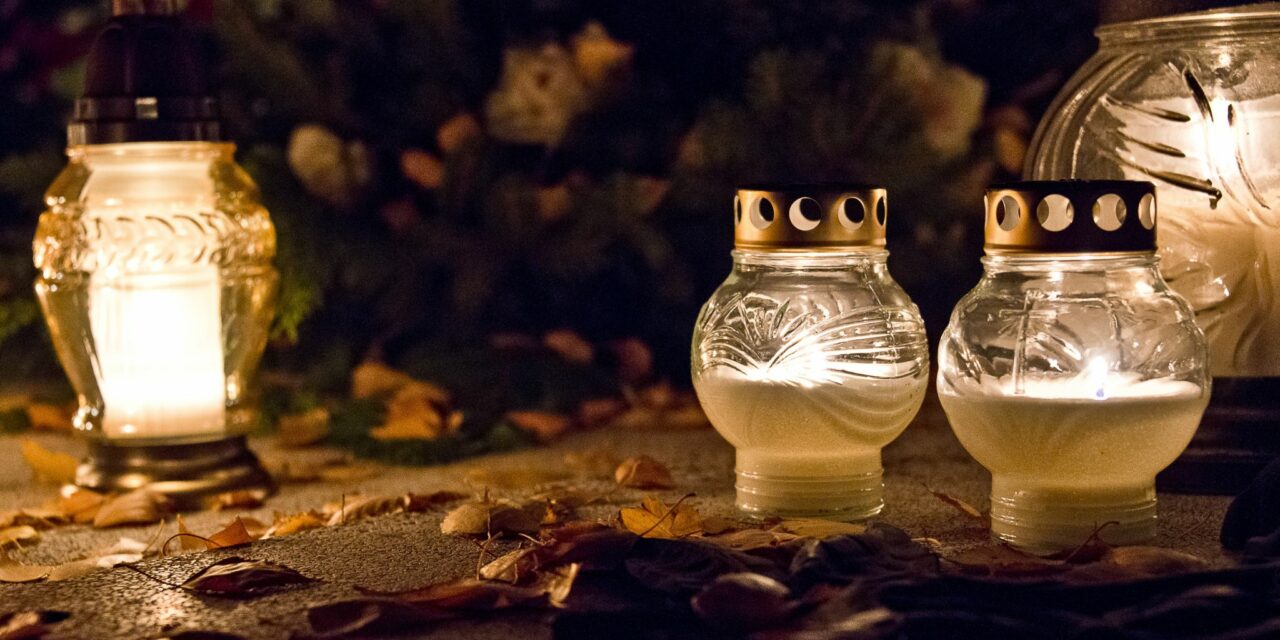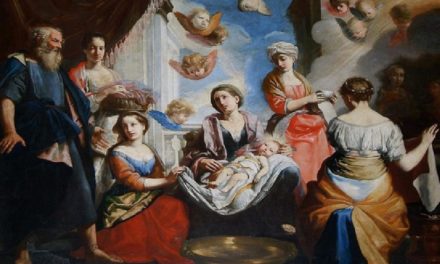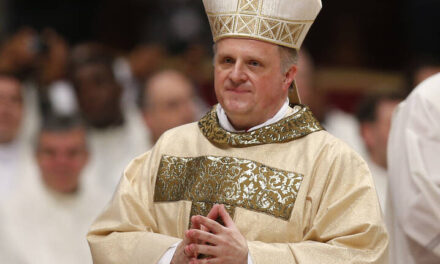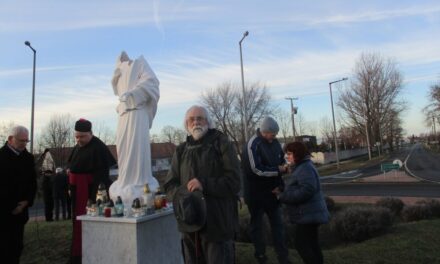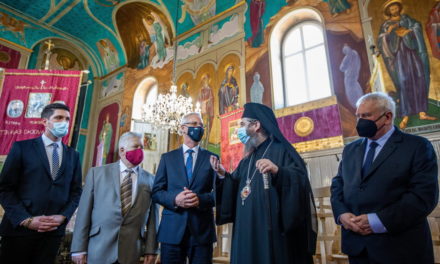November 1 (Tuesday) is All Saints' Day, November 2 (Wednesday) is the Day of the Dead in the Christian world.
In the Catholic Church, All Saints' Day is a memorial day for all saved souls, and Protestants remember the dead at this time. The Day of the Dead gradually changed from a church holiday to a commemoration of the deceased. We have collected what is worth knowing about the two holidays.
In the 4th century, the feast of All Saints was celebrated on the first Sunday after Pentecost, and the Orthodox Christian Church still celebrates it today.
Into the liturgy of the Western Church IV. It came under Pope Boniface, who consecrated the Roman Pantheon, built in honor of the pagan gods, on May 13, 609 in honor of Mary and all the martyrs. III. Pope Gregory (731–741) widened the circle of those to be celebrated, making the feast of All Saints a commemoration day of "the Holy Virgin, all apostles, martyrs, confessors and all perfect, righteous people who have died on the globe", which is IV. According to the decision of Pope Gregory (827–844), it was set to November 1.
It is a common custom that on All Saints' Day cemeteries are tidied up and graves are decorated with flowers,
on which candles are lit for the well-being of the dead. The light of the candle symbolizes eternal light, according to the ceremony of the Catholic Church, the litany of all saints is still prayed at the large cross in the cemeteries and the new tombstones are blessed.
Among the Hungarian people, bells were rung for the dead of the family on this day, and food was given as a gift to the poor elsewhere. Many believed that the dead would rise from the grave on this night, so they were also served at the family feast and lights were lit in every room to navigate the house. In some villages, the judge was elected on this day and the servants were hired.
All Saints' Day became a public holiday again in Hungary in 2000 - after half a century. From 2013, the holiday is not recommended for Catholics, but mandatory, i.e. it is mandatory for believers to attend mass.
The Day of the Dead on November 2 has a much later origin:
Abbot Saint Odilo of Cluny introduced it in 998 as a memorial day in the Benedictine houses belonging to the abbey.
It was soon excommunicated, and from the beginning of the 14th century it was taken over by the Catholic Church as a whole.
The commemoration of the dead, our deceased loved ones, and intercession for them is based on the Catholic creed of purgatory. According to this, those who died in the grace of God, but still have a burden of guilt and punishment on their souls, must be cleansed before God. Spiritually, it is a great consolation for the faithful who are left behind that they can do something for their dead loved ones through prayer, penance, and Holy Mass.
On this day, candles and candles are lit in memory of deceased loved ones. According to the folk belief associated with the custom, its purpose is to
so that the accidentally freed souls find their way back to their graves, not to tempt or disturb the living.
The graves also have to be beautified at this time so that the dead are happy to stay in their homes. The Szeklers of Bukovina even brought food to the cemetery on this occasion, as is customary in other cultures. Originally a festival of hope for eternal life, the Mediterranean peoples still celebrate it with a fiesta.
Featured Image: Pixabay

